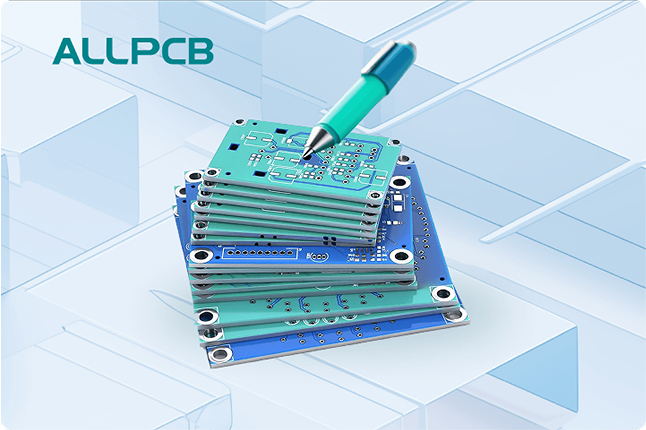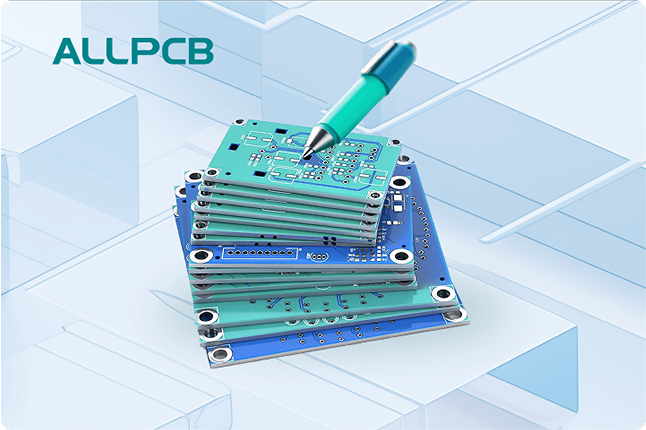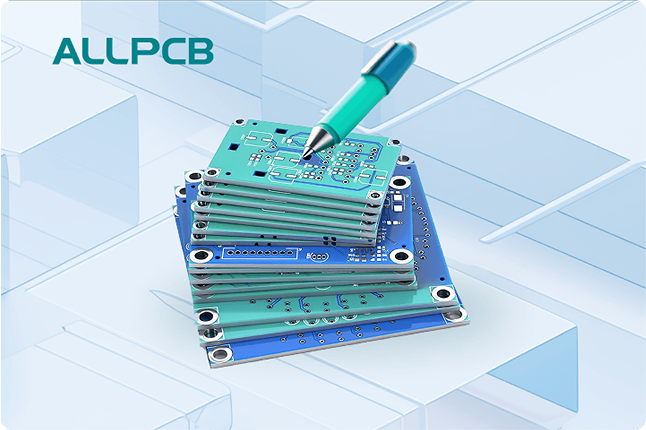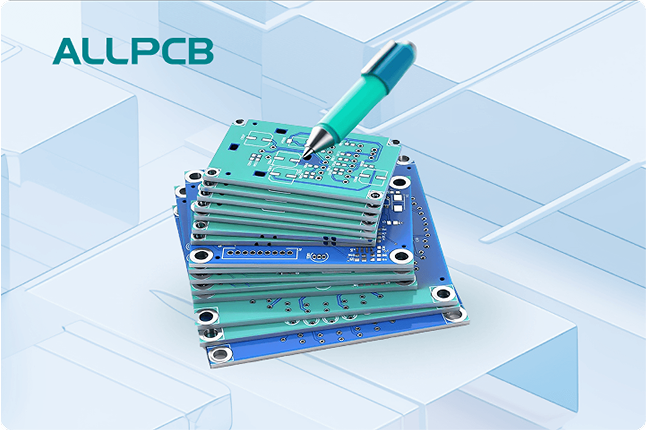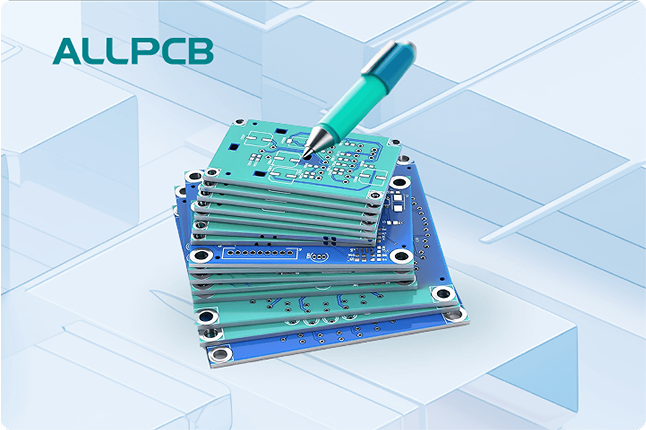In the fast-paced world of electronics, designing a printed circuit board (PCB) that performs reliably under high-speed conditions is a top priority. One of the critical aspects of this design process is optimizing PCB trace length to minimize signal delay and ensure timing integrity. But what does this mean, and how can you achieve it? Simply put, optimizing trace length involves adjusting the paths signals take on a PCB to prevent delays, reduce skew, and maintain synchronization, especially for high-speed signals. In this blog, we’ll dive deep into the concepts of PCB trace length, signal delay, propagation delay, length matching, skew, critical length, serpentine routing, and trace tuning to help you design better boards with precision and efficiency.
Why PCB Trace Length Matters in High-Speed Design
When signals travel through a PCB, the length of the trace they follow directly impacts how long it takes for the signal to reach its destination. This is known as propagation delay—the time it takes for a signal to travel through a unit length of a trace. In high-speed designs, even tiny differences in trace lengths can cause timing issues, leading to data errors or system failures. For instance, in a system operating at 1 GHz, a mere 1-inch difference in trace length can introduce a delay of about 150 picoseconds, which is significant enough to disrupt signal synchronization.
Optimizing PCB trace length is essential for maintaining signal integrity, especially when dealing with high-speed signals like those in USB, HDMI, DDR memory, or PCIe interfaces. If traces are not matched properly, a phenomenon called skew occurs, where signals arrive at different times, causing misalignment. By focusing on length matching and trace tuning, you can prevent these issues and ensure your design performs as intended.
Understanding Key Concepts: Signal Delay, Propagation Delay, and Skew
Before diving into optimization techniques, let’s break down the core concepts that influence PCB trace length design.
Signal Delay and Propagation Delay
Signal delay refers to the total time a signal takes to travel from its source to its destination on a PCB. Propagation delay is a specific measure of this—it’s the time a signal takes to travel through a specific length of a trace, often expressed in picoseconds per inch (ps/in). The speed of a signal depends on the dielectric material of the PCB. For example, in a standard FR-4 material with a dielectric constant (Er) of about 4.2, signals travel at roughly 6 inches per nanosecond. This means that longer traces result in greater delays, which can be problematic in high-speed designs.
Skew in High-Speed Signals
Skew happens when signals that are supposed to arrive simultaneously reach their destinations at different times due to unequal trace lengths. This is particularly critical in differential pairs or parallel data buses, where timing mismatches can corrupt data. For instance, in a DDR3 memory interface operating at 800 MHz, a skew of just 50 picoseconds can lead to bit errors. Managing skew through length matching is a fundamental part of optimizing trace length.
The Importance of Length Matching in PCB Design
Length matching is the process of ensuring that traces carrying related signals are of equal length to synchronize their arrival times. This is crucial for high-speed signals, where even small mismatches can cause significant timing issues. Length matching is commonly applied in differential pairs (like those used in USB or Ethernet) and parallel buses (like memory interfaces).
For example, in a differential pair, the positive and negative signals must arrive at the same time to avoid signal distortion. A mismatch of just 0.1 inches can introduce a delay of about 15 picoseconds, which might exceed the tolerance for a high-speed protocol like USB 3.0, which requires skew to be less than 15 ps. To achieve length matching, designers often use serpentine routing or trace tuning techniques, which we’ll explore later.
Critical Length: When Does Trace Length Become a Problem?
Not every trace needs to be matched in length. The concept of critical length comes into play here. Critical length is the maximum trace length difference that a signal can tolerate before timing issues arise. It depends on the signal’s rise time (the time it takes for a signal to transition from low to high). A general rule of thumb is that if the trace length difference is less than one-sixth of the signal’s rise time (converted to length using the propagation speed), it’s not critical. For a signal with a 1 ns rise time on FR-4 material, the critical length difference is about 1 inch. Beyond this, length matching becomes necessary.
Techniques for Optimizing PCB Trace Length
Now that we understand the importance of trace length, let’s look at practical ways to optimize it and minimize signal delay.
Serpentine Routing for Length Matching
Serpentine routing is a common technique used to adjust the length of a shorter trace to match a longer one. By adding intentional loops or bends to the shorter trace, you can increase its length without changing its overall path significantly. This method is often used in high-speed designs to ensure timing integrity. However, care must be taken to avoid sharp bends (less than 45 degrees) as they can cause signal reflections and degrade integrity. A well-designed serpentine pattern maintains a consistent trace width and spacing to prevent impedance mismatches.
Trace Tuning for Precision
Trace tuning is a broader term that includes serpentine routing and other methods to fine-tune trace lengths. Modern PCB design software often includes automated tools for trace tuning, allowing designers to set specific length constraints and letting the software adjust the routing accordingly. For instance, if a differential pair requires a length tolerance of ±10 mils, trace tuning tools can add small meanders to meet this requirement. This precision is vital for protocols like PCIe, where tight timing margins are non-negotiable.
Minimizing Vias and Layer Changes
Every via or layer change in a trace introduces a small delay and can cause impedance discontinuities. For high-speed signals, it’s best to keep traces on a single layer whenever possible and limit vias to no more than two per signal path. If vias are unavoidable, ensure they are placed symmetrically in differential pairs to avoid introducing skew.
Calculating Trace Length from Propagation Delay
To optimize trace length effectively, you need to calculate the required length based on the desired propagation delay. This is especially useful when designing for specific timing requirements. The formula for propagation delay (tpd) is:
tpd = Length / Velocity
Where velocity is the speed of the signal in the PCB material. As mentioned earlier, for FR-4, the velocity is approximately 6 inches per nanosecond. If you need a signal to arrive within 500 picoseconds, the trace length should be no more than 3 inches (500 ps * 6 in/ns = 3 inches). By using this calculation, you can determine the maximum allowable trace length for each signal path and adjust accordingly.
Many modern design tools include built-in calculators for propagation delay, making this process easier. These tools consider the dielectric constant of your PCB material and stack-up configuration to provide accurate results.
Best Practices for High-Speed PCB Design
Beyond trace length optimization, there are several best practices to follow for high-speed PCB design to ensure timing integrity and minimize signal delay.
- Maintain Consistent Impedance: Use controlled impedance traces by matching the trace width and spacing to the PCB stack-up. For example, a 50-ohm impedance is common for high-speed signals, and deviating from this can cause reflections and delays.
- Avoid Crossing Split Planes: Routing traces over splits or gaps in ground planes can disrupt the return path, leading to increased delay and electromagnetic interference (EMI).
- Use Differential Pairs Wisely: For high-speed signals, route differential pairs with equal lengths and maintain consistent spacing to minimize skew and noise.
- Simulate Your Design: Use simulation tools to model signal behavior before manufacturing. This can help identify potential timing issues due to trace length mismatches early in the design process.
Common Challenges in Trace Length Optimization
While optimizing PCB trace length sounds straightforward, several challenges can arise during the design process. One common issue is board space constraints. Adding serpentine routing to match lengths can be difficult on densely populated boards. In such cases, prioritizing critical signals and using automated routing tools can help. Another challenge is maintaining signal integrity while adding length. Serpentine patterns must be designed carefully to avoid crosstalk or impedance mismatches, which can negate the benefits of length matching.
Additionally, different PCB materials have varying dielectric constants, affecting signal speed. If you switch materials during prototyping or production, recalculate propagation delays to ensure timing remains intact. For instance, switching from FR-4 (Er ≈ 4.2) to a high-frequency material like Rogers 4350 (Er ≈ 3.5) increases signal speed by about 10%, potentially affecting critical timing.
Conclusion: Achieving Timing Integrity Through Trace Length Optimization
Optimizing PCB trace length is a cornerstone of high-speed design, directly impacting signal delay, propagation delay, and timing integrity. By understanding concepts like skew, critical length, and length matching, and applying techniques such as serpentine routing and trace tuning, you can ensure your designs meet the stringent timing requirements of modern electronics. Whether you’re working on a USB interface, a memory bus, or a high-speed communication protocol, paying attention to trace length can make the difference between a reliable product and one plagued by timing errors.
Start by calculating propagation delays for your signals, prioritize length matching for critical paths, and use modern design tools to automate and refine the process. With these steps, you’ll be well on your way to designing PCBs that perform flawlessly under high-speed conditions. At ALLPCB, we’re committed to supporting your design journey with resources and expertise to help you achieve the best results.
 ALLPCB
ALLPCB


